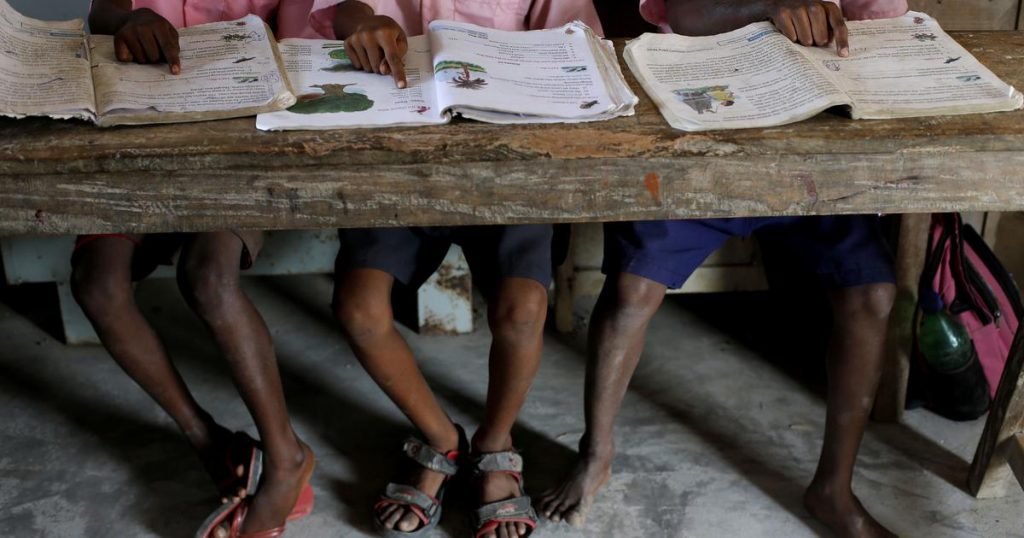Rajashree Mohapatra
As an immediate measure to stem the spread of COVID-19, most educational institutions have been shut since the end of March. It is still difficult to predict when schools, colleges and universities will reopen. There are a few options other than to shift to digital platforms from the traditional face-to-face mode of classroom learning. But Indian education can’t go online with only 8 per cent of households with young members having access to a computer with internet connection.
The major challenge of remote learning is disparity in access – from electricity and internet connections to devices like computers or smartphones. Access to electricity is crucial for digital education, both for powering devices as well as for connecting to the internet. Mission Antyodaya, a nationwide survey of villages conducted by the Ministry of Rural Development in 2017-18, showed that 16 per cent of India’s households received one to eight hours of electricity daily, 33 per cent received 9 to 12 hours, and only 47 per cent of households received more than 12 hours a day.
The digital divide is evident across class, gender and region. Among the poorest 20 per cent households, only 2.7 per cent have access to a computer and 8.9 per cent to internet. In case of the top 20 per cent households, the proportions are 27.6 per cent and 50.5 per cent. While 24 per cent of Indians own a smartphone, only 11 per cent of households possess any type of computer, which could include desktop computers, laptops, notebooks, palmtops or tablets. According to the 2017-18 National Sample Survey report on education, only 24 per cent of Indian households have access to internet. While 66 per cent of India’s population lives in villages, only a little over 15 per cent of rural households has access to internet. For urban households, the proportion is 42 per cent.
Teachers and school administrators have been advised to continue communication with students through virtual lectures or massive open online course portals. However, both teachers and students are facing unprecedented challenges. If the governments continue online education without necessary supportive measures, the prevailing disparity in the virtual world could translate into widening educational inequalities among learners. Merely moving classrooms online would not mean effective remote learning. One-to-one interactions among peers and teachers are important for learning. On a digital platform, how students learn and communicate with others is largely dependent on the readiness of both teachers and students to accept digital learning. In the case of distance education, the onus of learning is more on students, which requires discipline.
Learning demands a conducive environment. However, not all students have a quiet space for learning at home. While 37 per cent of households in India have one dwelling room, it would be a luxury for many to attend lectures in an undisturbed environment. Having online classes on a regular basis has a cost implication too, as students have to bear the cost of internet services. There is no communication yet from governments on whether they are going to reimburse students or provide free or subsidised data packs.
